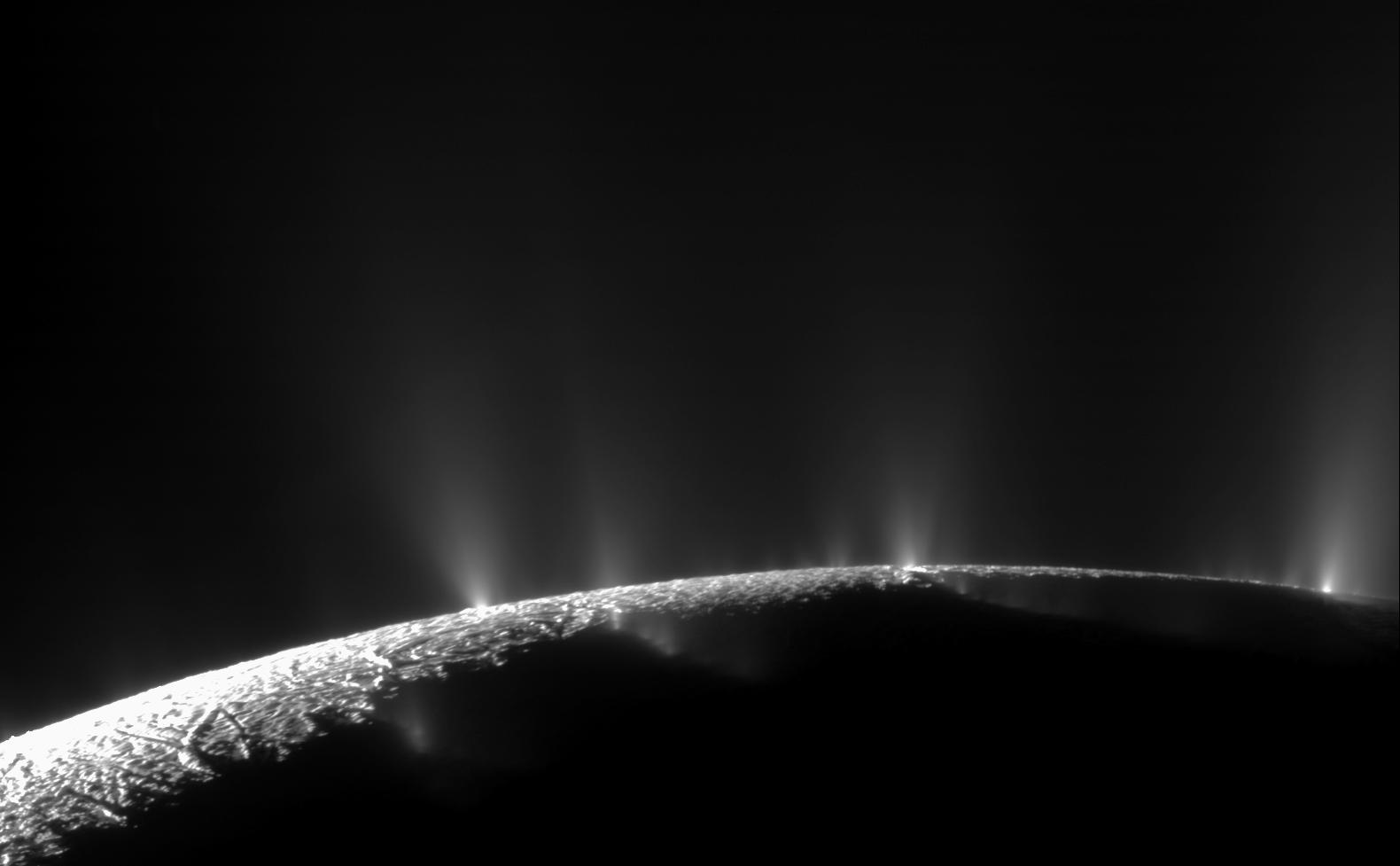4 min read
The most recent spacecraft telemetry was acquired on Mar. 16 from the Deep Space Network tracking complex at Canberra, Australia. The Cassini spacecraft is in an excellent state of health and all subsystems are operating normally. Information on the present position and speed of the Cassini spacecraft may be found on the "Present Position" page at: http://saturn.jpl.nasa.gov/mission/presentposition/
Wednesday, March 10 (DOY 069)
An image of Helene is Astronomy Picture of the Day today. Check it out at:
http://antwrp.gsfc.nasa.gov/apod/ap100310.html
An updated blog post on Cassini's closest-ever flyby of Rhea is now out on the web. The encounter went smoothly and science teams are busy checking out their data. A few raw images are highlighted, including one of the bright, fractured terrain scientists refer to as "wispy terrain."
http://blogs.jpl.nasa.gov/?p=64
Thursday, March 11 (DOY 070)
Uplink Operations sent commands to the spacecraft today for a live update for a non-targeted flyby of Titan on DOY-078.
The main engine cover was closed today and will reopen on Friday, Mar. 19.
Spacecraft Operations took advantage of the 6-day closure of the cover to perform a thermal test on the spacecraft that will run from DOY 072-078.
The test sequence was uplinked on Mar. 10, and will begin executing on Mar. 13.
Files were due today for the first delivery port of the S62 Science Operations Plan process. The files will be merged and released tomorrow for review.
By accurately tracking Cassini during its low passes over Saturn's moon Titan, scientists have been able to determine the distribution of materials in the moon's interior. The subtle gravitational tugs that have been measured suggest that the interior has been too cold and sluggish to divide into separate layers of ice and rock. The finding, to be published in the March 12 issue of the journal Science, shows how Titan evolved in a different fashion from inner planets such as Earth, or icy moons such as Jupiter's Ganymede, whose interiors have split into distinctive layers. For the full story link to:
http://saturn.jpl.nasa.gov/news/newsreleases/newsrelease20100311/
An image and description of the dark area on Titan known as Adiri can be found at:
/resources/14904
An image and description of Saturn casting its shadow on the rings, and in the same image, the rings reflecting sunlight onto the dark side of the planet, can be found at:
/resources/14903
Friday, March 12 (DOY 071)
This week Imaging Science performed another observation in the Satellite Orbit Campaign, continued a post-equinox study by performing a low elevation, high phase E-ring observation, imaged the outer satellite Erriapus, and observed the transit of Dione across Titan for orbit determination purposes. Throughout the week, the Magnetospheric and Plasma Science instruments performed survey activities, and the Ultraviolet Imaging Spectrograph continued mosaic scans of Saturn's magnetosphere. The Composite Infrared Spectrometer performed an observation that measured the oxygen compounds H20 and CO2 in Saturn's stratosphere as a function of latitude. In addition to science observations, the Cosmic Dust Analyzer performed two calibration activities, and Mission Planning acquired an image referred to as a "Kodak Moment," this time of Dione and Telesto.
Saturday, March 13 (DOY 072)
The thermal test began execution today as planned. The cover closure with the bus heaters on is expected to cause a 3-4 degree C rise in each of the bi-propellant tanks and the hydrazine tank. The spacecraft thermal team reported a nominal warm up on the pallets and a rise in the tank temperatures to expected levels. Propulsion and thermal teams are hoping to use the temperature change information to more accurately estimate remaining propellant in each of the tanks.
Tuesday, March 16 (DOY 075)
Sequence leads for the S59 sequence were happy to report that there are no additional sequence change requests, waiver requests, or checklists required for the background sequence. As a result, the final step in the development process has been cancelled. All instrument expanded block files are available for signoff and will be tested this week in the Integrated Test Laboratory.
Coming Up:
Saturn opposition occurs on Mar. 21. Amateur astronomers from around the world will be presenting Saturn views to their communities now when Saturn is at its brightest. Great viewing will continue through June with many viewing opportunities underway at this time. View an updated world map of Cassini¹s Saturn Observation Campaign volunteers in 55 countries and 45 US states at the following link:
http://saturn.jpl.nasa.gov/education/saturnobservation/worldmap.html.







